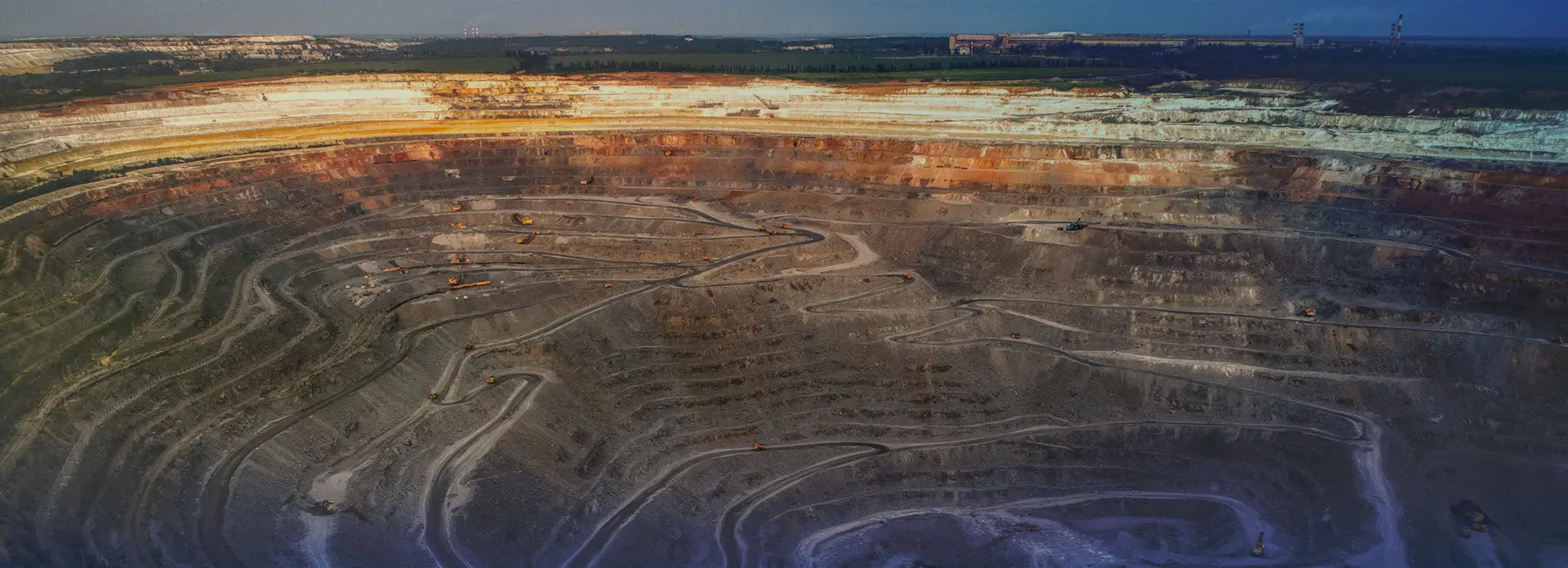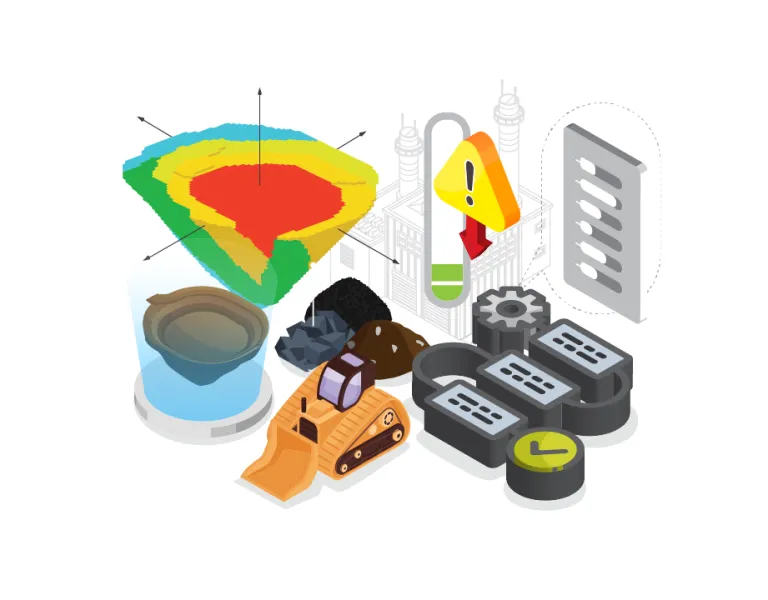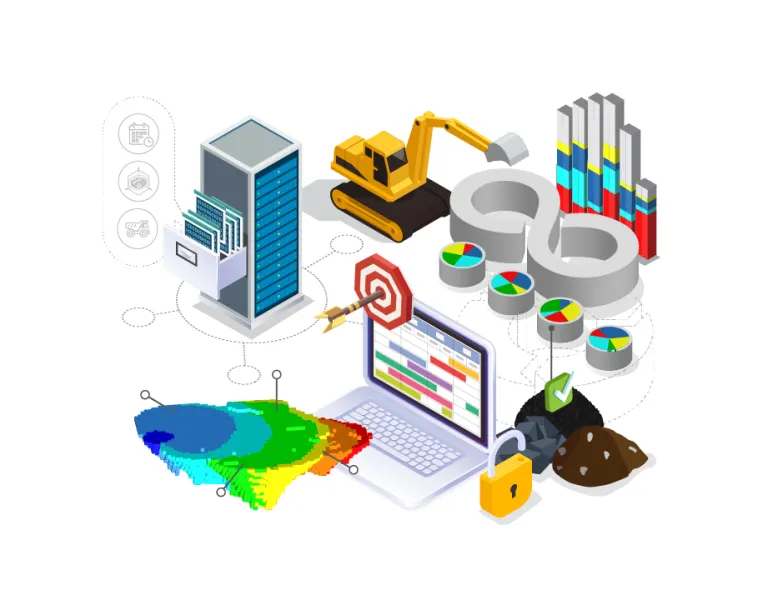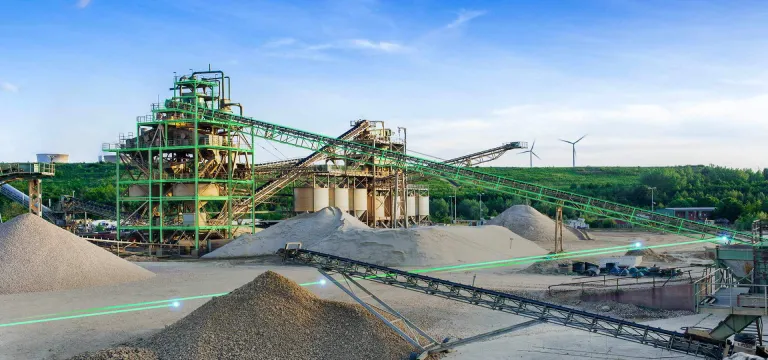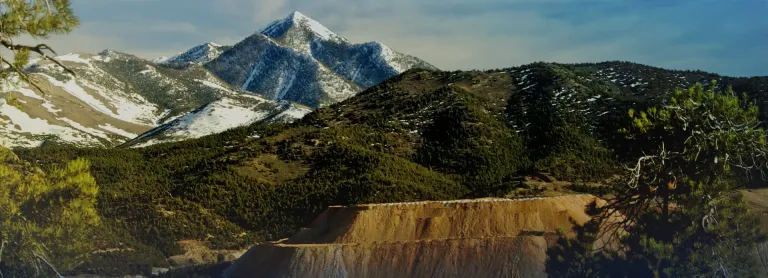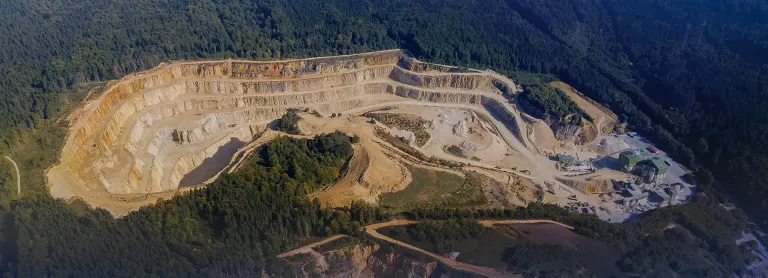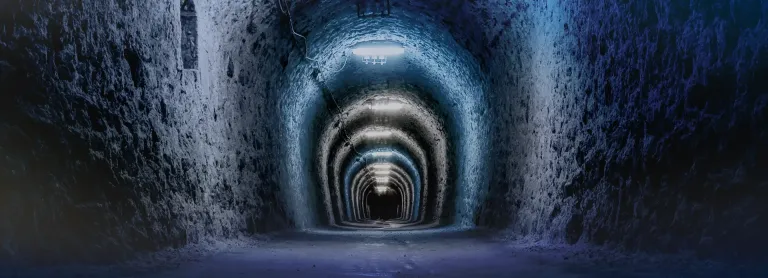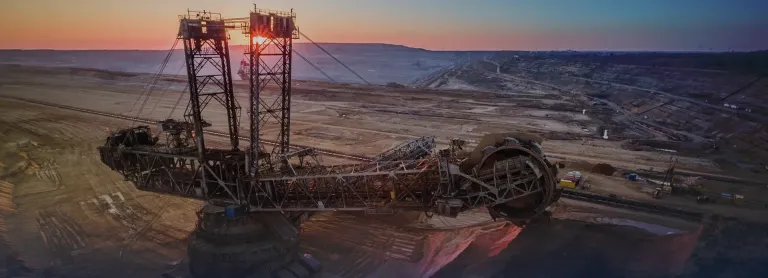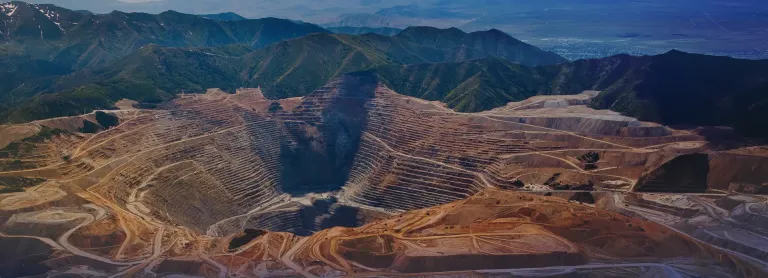Open Pit Mining
Reach Peak Performance and Maximum Value In Your Open Pit Mining Operations
Future-Proof Your Mine Plans with GEOVIA
Surface mining companies today depend on two separate but inter-connected mine plans: a strategic mine plan, which is a long-term plan covering the entire life of mine, and a more detailed tactical mine plan that turns the decisions outlined in the strategic plan into a schedule that will govern the mine’s day-to-day operations. By its very nature, because it is long-term, a strategic mine plan can be affected by a variety of internal and external forces, including new findings about the orebody, technical advancements, and changes in the economy or market. Tactical mine plans (including mine schedules) provide calculated, short-term responses to these forces, in order to help the mine continue to meet the overall goals of its long-term mine plan.
To future-proof both strategic and tactical mine plans, open pit miners must be able to consider all possible operational scenarios and to lock-in the plans that will best deliver the full operational potential — and therefore maximum value — of their open pit operation. GEOVIA solutions help you reduce the risk in your strategic mine planning and unlock the full potential of your tactical mine plans.
Reduce the Risk In Your Strategic Open Cut Mine Planning
GEOVIA’s strategic mine planning tools allow mine planners to simulate geo-mechanical rock behavior and determine optimal pit shapes, pushback sequence, processing plant configuration, stockpile, and dumping requirements.
Just as importantly, our Strategic Mine Planning Workflow lets those planners build risk assessment into each and every step of the operational workflow by including additional sets of uncontrolled variables, such as noise or small variabilities around a traditionally fixed value — dramatically increasing opportunites for the mine to successfully absorb unforeseen internal and external forces.
Unlock the Full Potential of Your Tactical Mine Plans
With GEOVIA, open pit mines can unlock the full potential of their tactical mine plans to meet life-of-mine goals by creating a central repository where mine planners can collect, collate, and update all pertinent data, such as topography, pit design, and scheduling parameters.
From there, they can then employ advanced blending algorithms to choose which blocks get mined/when to meet material ratio and quality targets, and produce virtually unlimited iterations of short- and long-term schedules to meet changing conditions or requirements.
Start Your Journey
The world of mining is changing. Discover how to stay a step ahead with GEOVIA
GEOVIA Open Pit Mining FAQ
Also Discover
Learn What GEOVIA Can Do for You
Speak with a GEOVIA expert to learn how our solutions enable seamless collaboration and sustainable innovation at organizations of every size.
Get Started
Courses and classes are available for students, academia, professionals and companies. Find the right GEOVIA training for you.
Get Help
Find information on software & hardware certification, software downloads, user documentation, support contact and services offering
